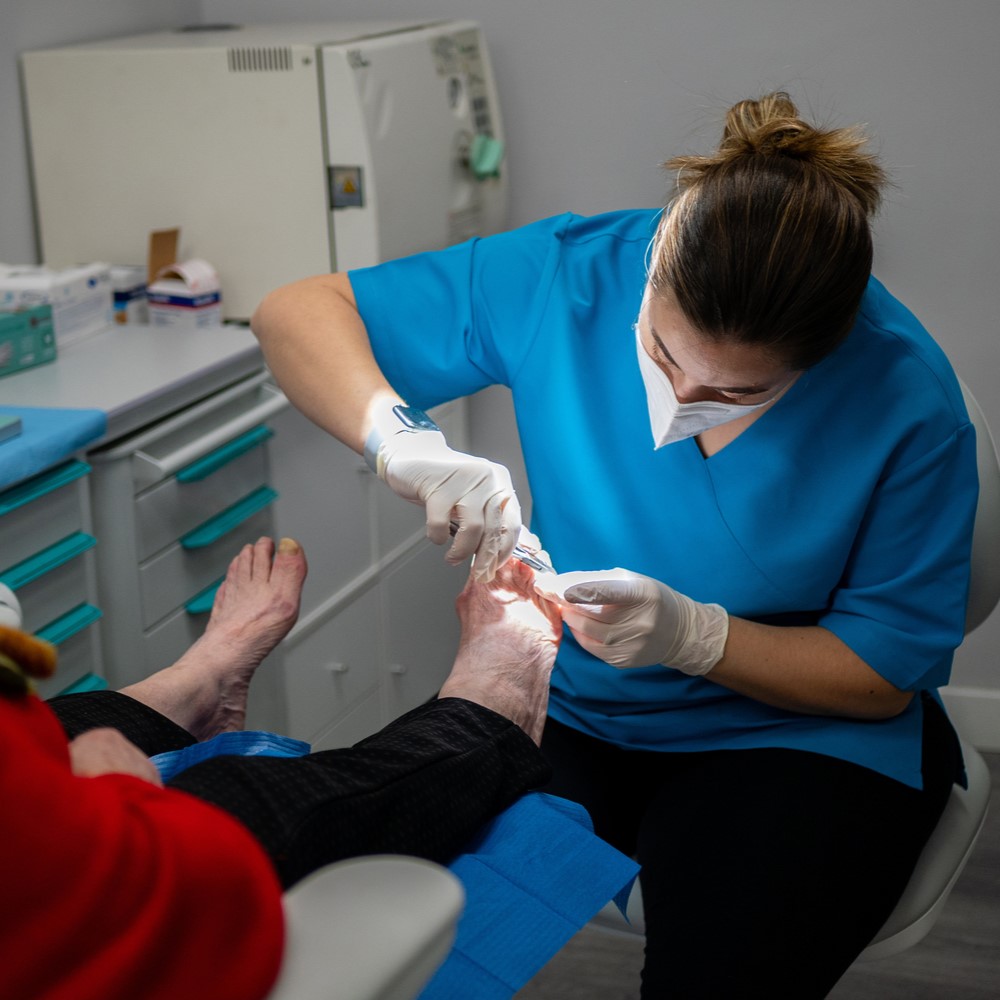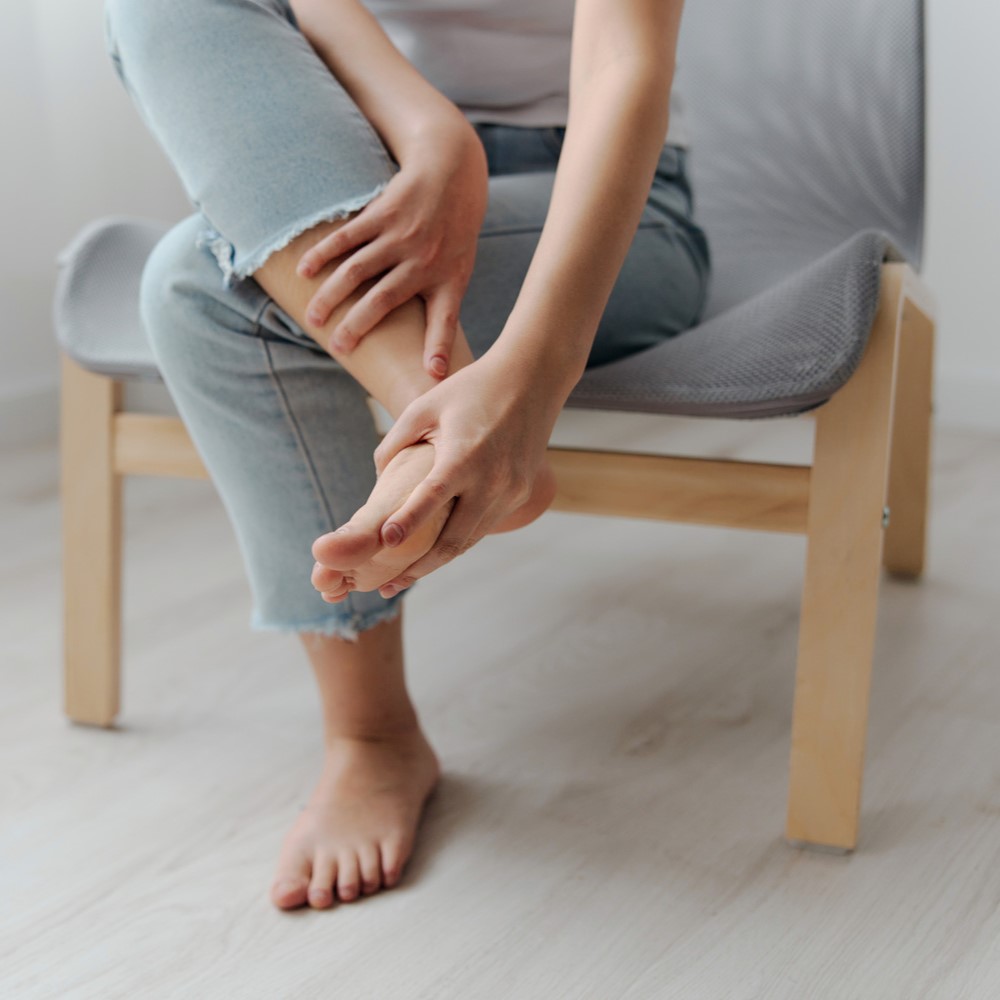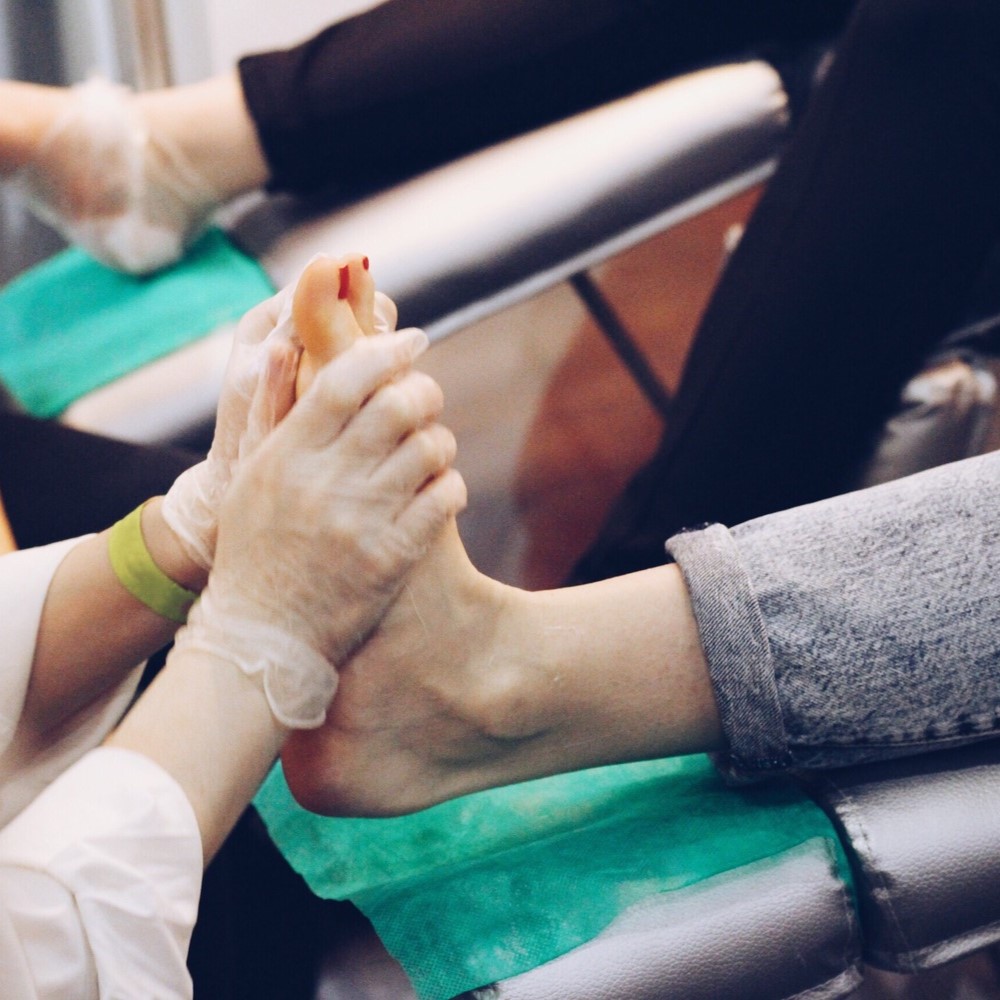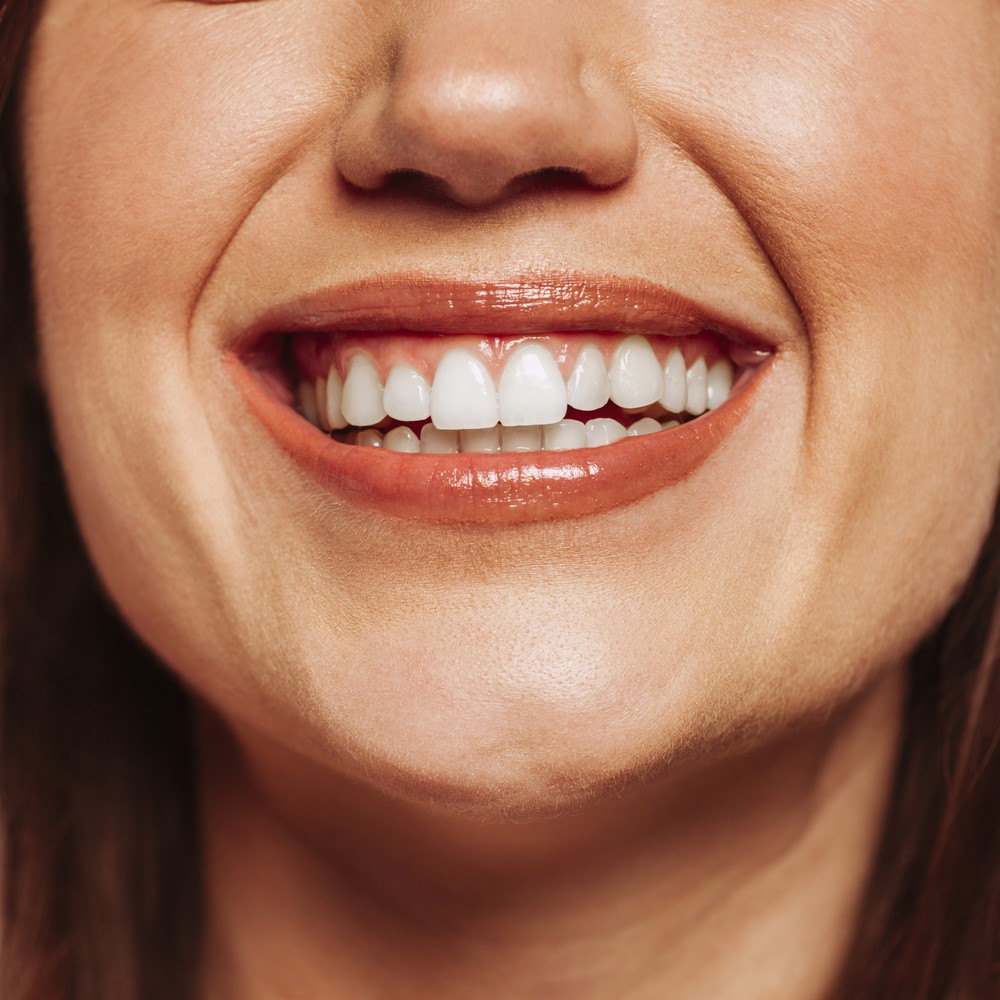The holy month of Ramadan brings a multitude of blessings: a time for spiritual reflection, reconnecting with loved ones and indulging in delicious pre-dawn and evening meals. However, for many, the extended period of fasting can lead to an unexpected challenge – Dry Mouth During Ramadan Fasting. This uncomfortable dryness, also known as xerostomia, can not only be physically draining but also impact your ability to fully enjoy the festivities. This blog is here to be your oasis in the desert of dry mouth, offering practical tips and guidance to navigate this common side effect and experience a more comfortable Ramadan. So, let’s embark on a journey towards a hydrating and fulfilling Ramadan. Understanding Dry Mouth During Fasting During Ramadan, when you abstain from food and beverages for extended periods, your body naturally produces less saliva. This vital fluid plays a crucial role in keeping your mouth moist, lubricating food for swallowing, and aiding digestion. Additionally, certain foods consumed during Suhoor and Iftar can contribute to dryness, especially those high in salt or sugar. Strategies for a Hydrated Ramadan While you may not be able to consume fluids throughout the day, there are effective ways to combat dry mouth during fasting: These tips can experience a more comfortable and fulfilling Ramadan Embrace a More Comfortable Ramadan By following these tips and prioritizing your well-being, you can minimize the discomfort of dry mouth during fasting. Remember, listening to your body and prioritizing hydration are key to navigating this holy month with ease. May your Ramadan be filled with peace, spiritual growth, and good health!












